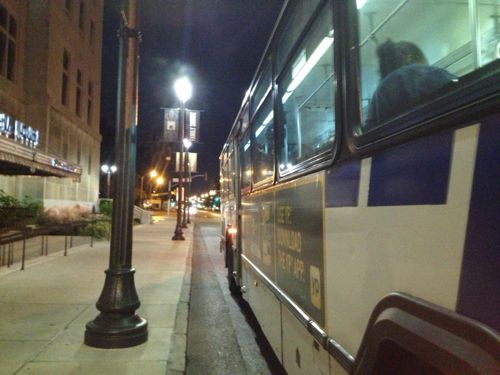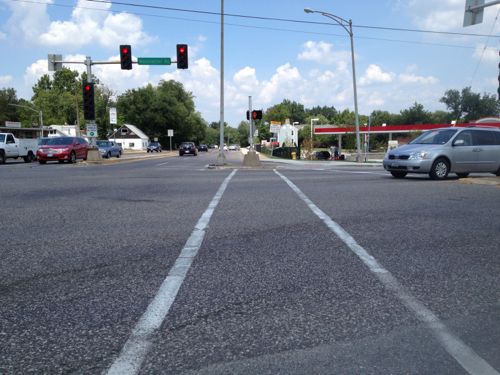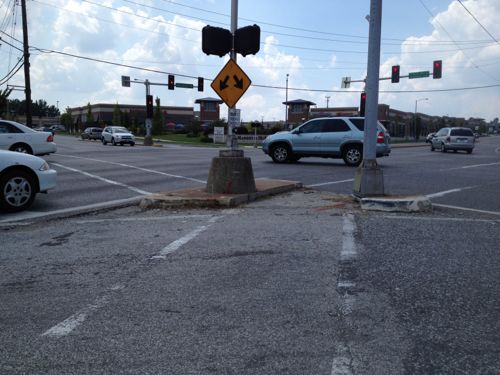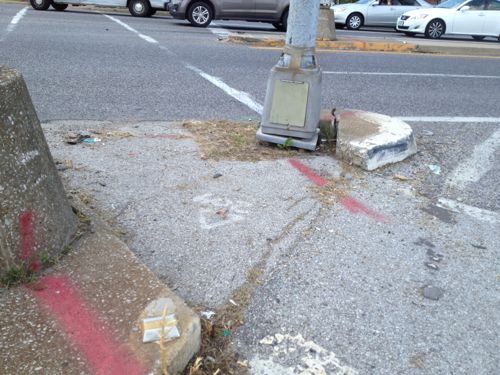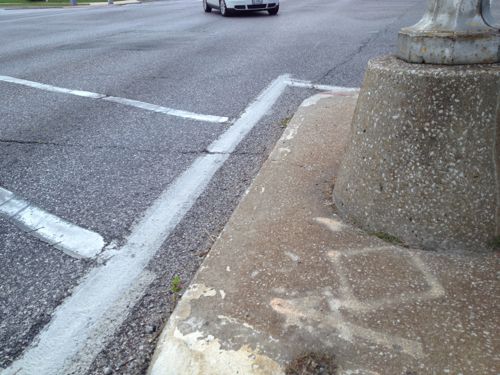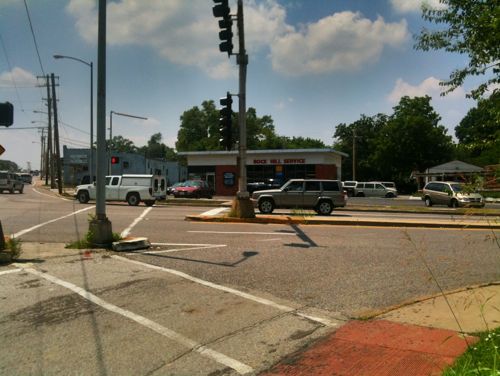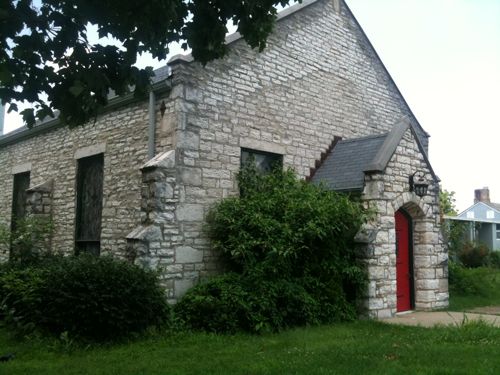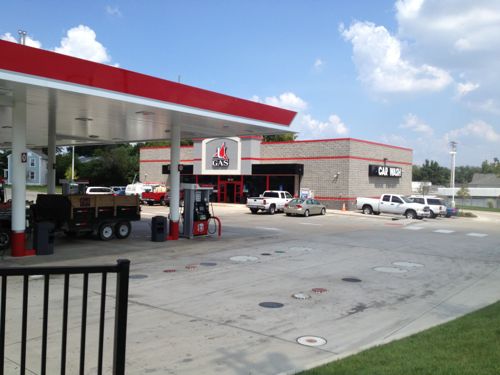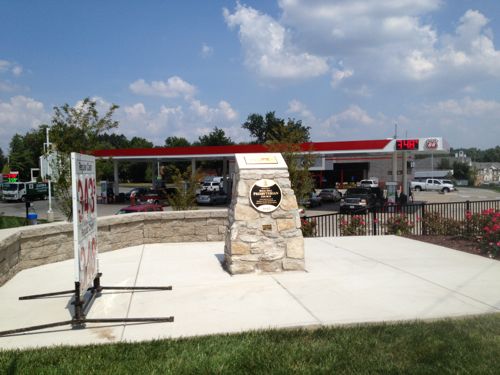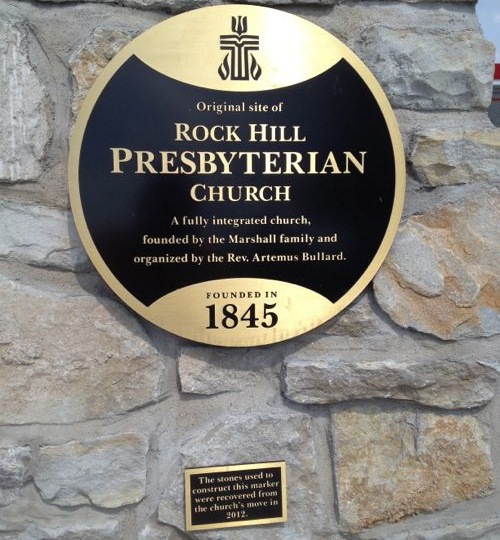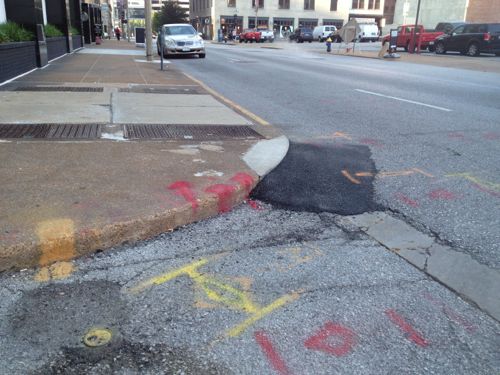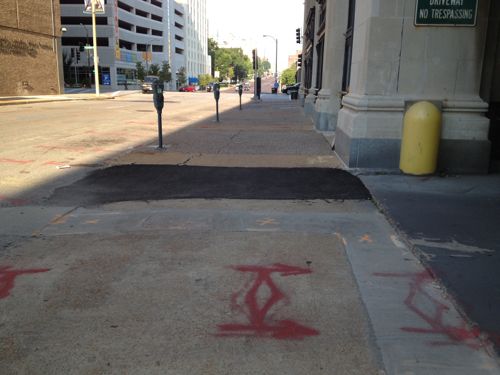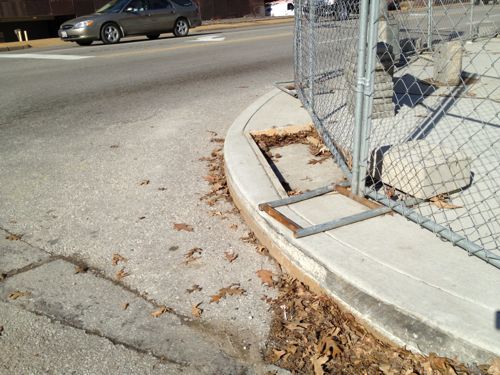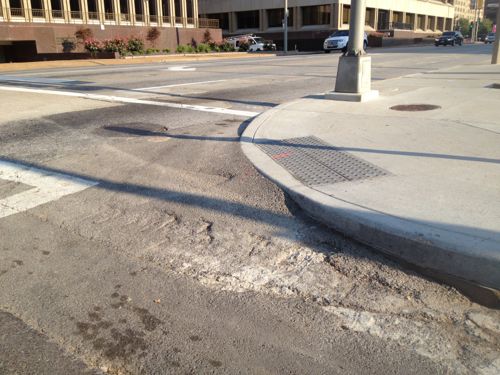Poll: Which two of the four Bus Rapid Transit (BRT) routes would you like to see planners seek federal funding
Last week regional transportation planners presented four Bus Rapid Transit (BRT) being considered. Soon two will be picked to submit for federal funding.
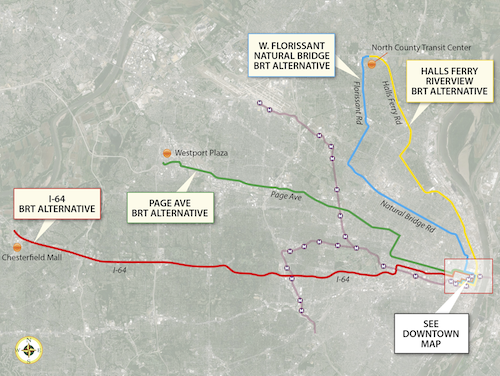
I attended the presentation at City Hall and participated in the audience voting using hand held devices. They asked a couple of questions to help them in their decision. To keep things simple I’m just asking which two of the four BRT routes should move forward with a request for federal funding.
From MovingTransitForward.org:
These four potential BRT routes are options for improving transit connections between St. Louis County and the City of St. Louis. One of the study’s main goals is to address the need for quick, direct travel from neighborhoods north and south of Downtown St. Louis to employers located in north and west St. Louis County. The “Central Corridor” stretching from Downtown St. Louis to the Central West End and Clayton still holds the region’s largest concentration of jobs, but the largest job growth is occurring in places like Chesterfield, Earth City, and St. Charles – areas easily accessible by highway, but currently not by public transit. The type of BRT service currently being studied is intended to expand access and improve travel time to those job opportunities – of particular importance to reverse commuters traveling to major job centers in suburban areas – while also providing a premium transit alternative for car commuters. The Rapid Transit Connector Study will identify candidates for Metro’s first two BRT routes; Metro will continue to work with the region to identify future BRT routes. Other transit options identified in Moving Transit Forward, such as expansions of the MetroLink System, are intended to meet other long-term goals such as strengthening neighborhoods and encouraging transit-oriented development.
Alternatives analysis involves evaluating the performance of each alternative along parameters including ridership, expanded access to key destinations, travel time savings, and land use benefits. These technical outcomes will be combined with public input to identify the two potential projects most likely to meet project goals, benefit the region, and successfully compete for federal funding.
One final meeting will be held this Tuesday:
September 17, 2013
5:30-7:30 p.m., open house with presentation at 6:30 p.m.
Chesterfield City Hall, Council Chambers
690 Chesterfield Pkwy W.
Chesterfield, MO 63017
The downtown inset can be viewed here.
You may not like any of the four, however, I’ve not allowed any custom answers so you can’t suggest any other routes. These four need to be narrowed to two. I did provide “none” as an option as well as “unsure/no answer.” The poll is in the right sidebar (desktop layout).
— Steve Patterson
